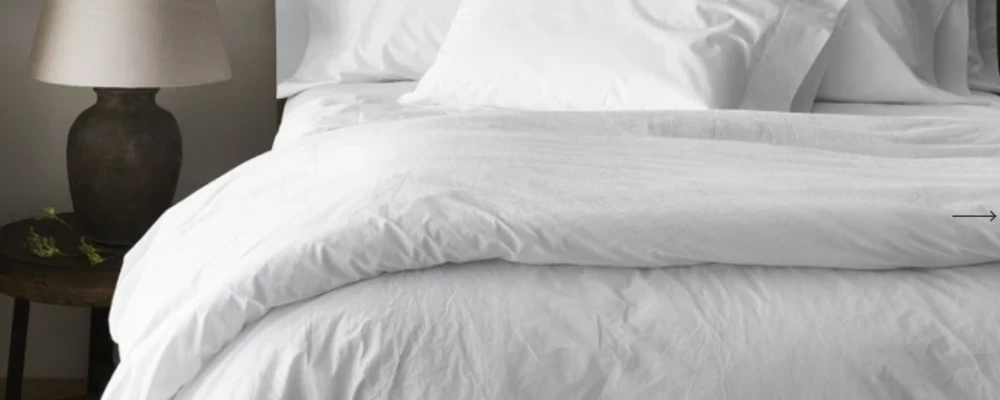
Why Sustainable Fashion Brands Are Taking On Eco Homewares
Fashion labels have been making a move towards separate homewares lines, not only to explore a different creative angle and reach new customers, yet also to examine the rate of production and connection with materials. As we reconsider the value of our living spaces, new opportunities are emerging for the homewares, soft furnishing, interiors and upholstery sector. With an increase in the housing rental market, a shift in the way we work, and an overall increase in our disposable income (*in developed nations), there is a growing demand for products to aid in our everyday wellbeing and sharing of individual style - beyond that of fashion.
As we spend more time in situ, interiors have become just as trend-driven as fashion. With "growing up" taking longer, the so-called Millennial group are now able to impart energy and investment into building an aspirational home that they can share with themselves, family and friends.
Consequently, the homewares sector has become the perfume of the 2020's, offering a way for consumers to buy into a brand while allowing the designers to explore their creativity into different product categories. But as we have noticed with sustainability in fashion, there is a growing awareness from shoppers about the intricacy of their products - and they are demanding answers.
In this article, we explore some of the key areas in which sustainable fashion brands can also become sustainable homewares brands. What business models should you adopt? Which materials are best suited? What due diligence is required of you to create safe products with longevity?
Firstly, how do you categorise homewares?
According to the Global Homeware Market: Global Industry Analysis, Size, Trends, Growth, Trends, and Forecast 2019-2027
"Homeware refers to objects that are simple to relocate as well as replace. These products include nearly everything that is not absolutely useful in a designed space."
So we see homewares as including: tablecloths, pillows, curtains, ornamental craft goods, plants, paintings, and textiles. And on top of these simple objects, we also look to furniture products. You may then describe yourself as: homewares, soft furnishing, ornamental craft goods, interior textiles or home and furniture.
Lifestyle brands
If a brand retails not only homewares, but such items as furniture, clothing and maybe even food items, then you would be under the banner of a "lifestyle brand".
It may seem complicated to host such a variety of ranges, yet perhaps you are the retailer and not the brand. You may be stocking a curation of other designers, which would make your business model different to that of a fashion designer's, and yet still classed as a "lifestyle" brand. Or, you may be organised and in full creative flow to produce clothing, soft furnishings and accessories - and then highlight these products in your store alongside confectionery, vintage furniture and plants.
Want some top advice on how to run a successful lifestyle brand? Ruth Lawrenson has some guidance for you. Ruth has a retail career spanning more than 20 years as a home and seasonal buyer for high street department stores, and with her own brand, is well equipped to guide you. Find her Lesson here: Top Tips For Running A Successful Lifestyle Brand.
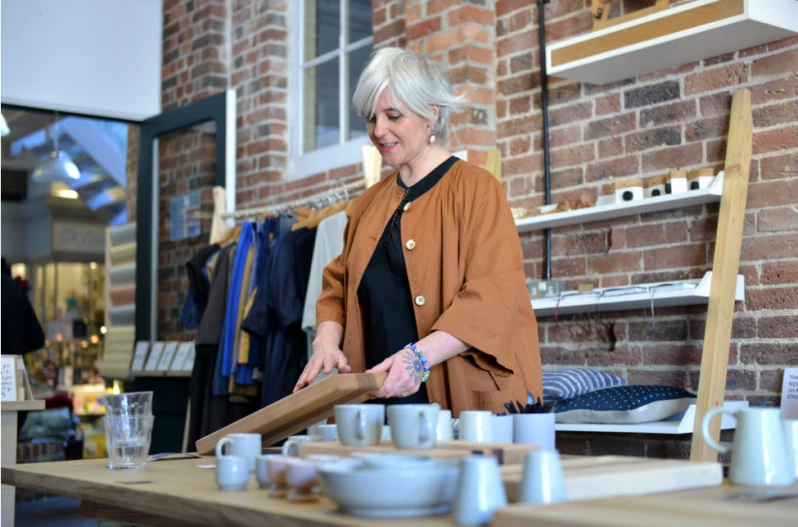
Circularity for homewares
Though we are less likely to be flippant with interior products than with fashion items, because they are in situ as opposed to essentially an extension of our body, the fact that we are spending more time at home means we are therefore susceptible to the same boredom. Homewares - especially furniture and large textile items - now need to be considered for their end of life.
Traditionally, we would find materials in our home that could stand the test of time - durable wool carpets, thick cotton jacquard curtains, linen bedsheets. Now, as with fashion, we find cheaper synthetic replacements or blends. Though the material will last just as long in these fibre types (if not longer, because it will not biodegrade as quickly), there is less need to produce well-made, quality items. It is simply more cost effective to throw out and buy new.
Brands and makers are rising up to the challenge of producing textile homewares ranges and furniture that can be easily repaired, are part of a take back scheme, are well-made so can be re-used or repurposed, and utilising natural fibres or waste streams.
Biomaterials and biodegradability
Understand key terms including biodesign and biodegradability to acknowledge where you are now in your design process.
- Do you already use circular design practices or biomaterials?
- Would your customer know what to do with the item at the end of its useable life?
- Do the materials you use conserve energy and water in their production or lifespan?
- Is a synthetic coating required for the durability of your product?
Learn from CQ Studio in this Lesson: Understanding Biodesign, Biomaterials and Biodegradability.
And learn from Aurélie Fontan in this Lesson: Implementing Circular Design Practices.
Some brands that utilise waste streams, biomaterials and circular design principles:
Pollima - carbon negative furniture using agricultural waste hemp and soy [Learn from founder Ardilla Deneys in this Lesson: Carbon Negative Furniture And Interiors]
Ava Innes - natural duvet using cashmere guard hair and wool, made in the UK
Coyuchi - they have been using organic cotton for their bedsheet sets since 1991 [Learn from CEO Eileen Mockus in this Lesson: Luxury Organic And Climate Beneficial Home Textiles]
Weaver Green - utilise recycled ocean plastic to produce hardy cotton-looking materials
Organic Sheepskins - a classic material for homes, seen simply as a rug or on chairs. But what does the sheepskin process look like, especially when you are considering animal welfare and top quality healthy organic materials? [Learn more from farmer Mark Raymond in this Lesson: The Organic Sheepskin Tanning Process]
Dharma Door - they produce ornamental jute home items using traditional craft techniques
Biohm - an R&D company that utilises materials including mycelium to create bio-based materials for construction and home interiors. [Learn more from founder Ehab Sayed in this Lesson: Biomimicry: How Nature Can Revolutionise Design].
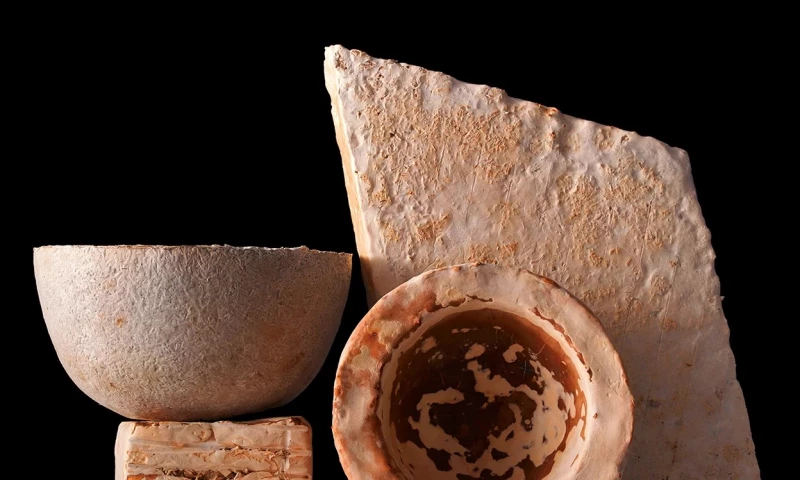
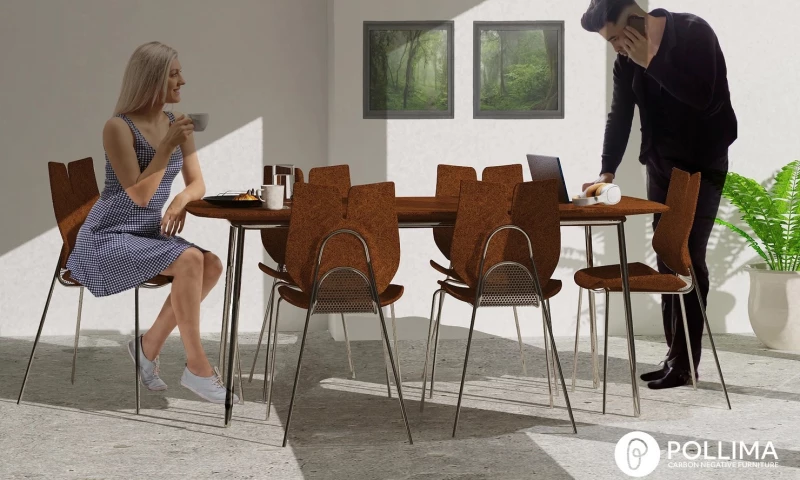
Images: Biohm and Pollima
An opportunity for social good
Along with considering your materials, your business could take on a model of positive social impact. The textiles you use can contribute to this, for instance if they are GOTS certified or are produced in co-operation with indigenous artisans. However, you may also build a business that is people-centric too, for example as a social enterprise.
Some brands that have a social impact mission:
Behind The Hill - founder Maud Lerayer works with small communities in Guatemala and Mexico to produce textile homewares from natural colour grown cotton. This is a fascinating fibre, but you must remember to be respectful with whoever you are working with, and the history behind something. [Learn more in this Lesson: Working Respectfully With Indigenous Artisans]
Sep Jordan - a B Corp Certified lifestyle brand that works with female refugees to bring them over the poverty line, and in doing so, also produce stunning hand-embroidered home textile products
Changing Lives Together - an example of a social enterprise exploring the needs of the community and considering easy-to-access materials. This charity provide furniture, food and support to the local community in Cheshire, UK. [Learn more about operating a social enterprise in this Lesson from founder Gary Cliffe: Recycling Furniture For Social Good].
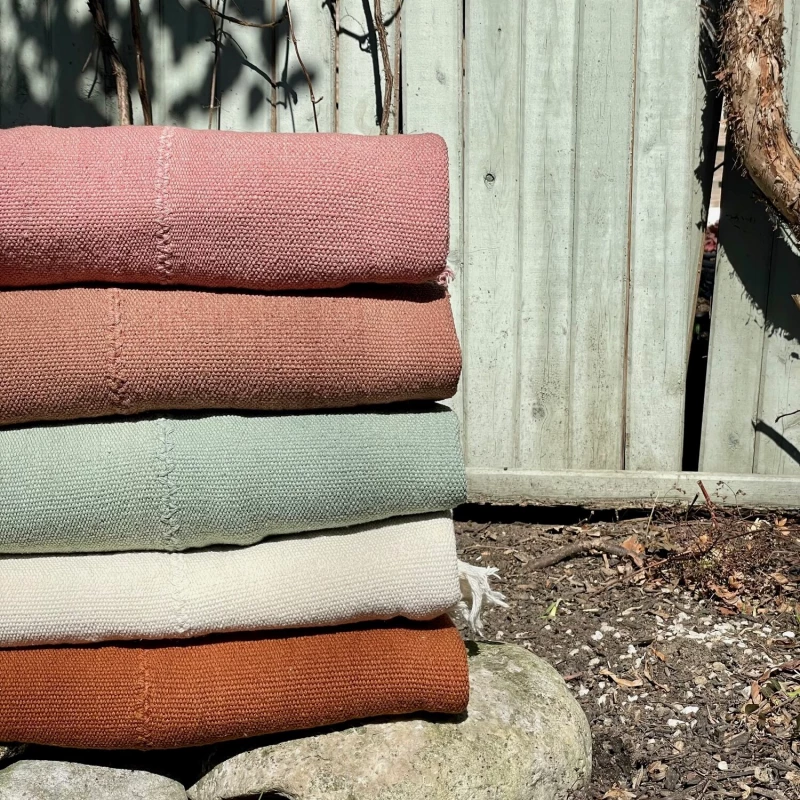
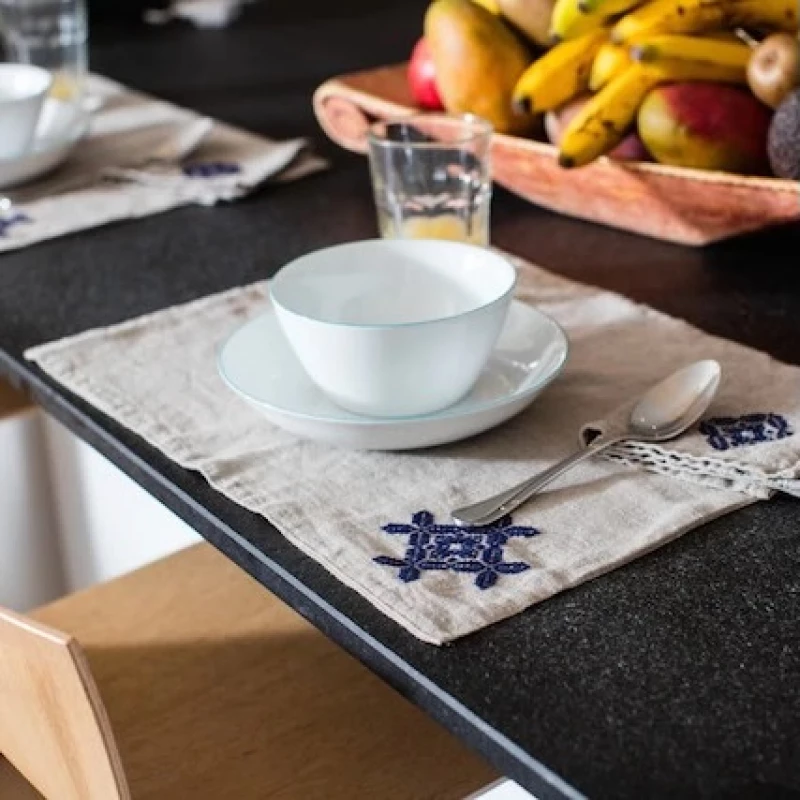
Images: Behind The Hill and Sep Jordan
Due diligence and regulations
There are rules and regulations when it comes to homewares and soft furnishings that are not present for fashion clothing. Considerations for flammability, wear and durability, and rub and microfibres are just a few tests required - sometimes by law - for your interior products.
Fabric testing
It can feel like an additional headache, especially if you do not have the experience in this area. Hiring a consultant or product technician, and building a relationship with a test centre, will equip you with the tools required. Sometimes, your products require less information than you think, but getting in to the habit of asking for and recording all material data is a good move.
Learn how to recognise common fabric tests and their test reports in this three-part Lesson from product technologist Sarah Blackham.
And gain experiential insight from brand Ecosophy's founder Kate Anderson in our conversation with her here.
Take back schemes and preloved items
The care labels and regulations are all the more important when we are expecting the second-hand market to continue its upward trajectory. It is illegal to sell a piece of textile-based furniture without its flammability label (you know, that annoying piece of unsightly paper you need to keep on your sofa), and it is also good practice to be open with technical information to ensure loyalty and trust with your brand.
Now that there are marketplaces like Narchie (particularly aesthetically-pleasing for small textile-focussed brands), you will want to enable customer retention through how durable and safe your products are. With apps like Gumtree and Freegle, though useful, you as an identifiable luxury designer are likely to want to have products resold somewhere aspirational - whether on your own platform or through something like this.
So you must ensure that you have done the work to develop and produce a safe, long-lasting, durable item that can be used for many years and/or many people (and hopefully positively biodegradable too at the end of its useful life - that's the dream!)
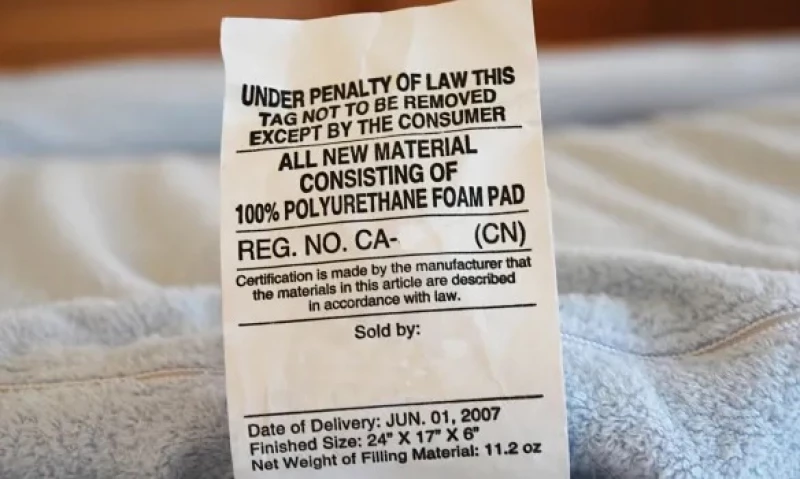
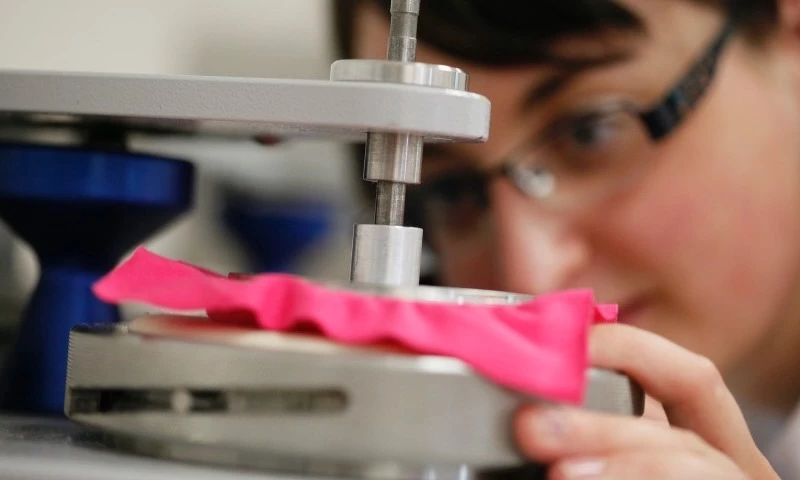
Images: regulatory care label and Martindale rub test machine
Dyes, finishes and printing
Just like we should be considering the materials we put against our skin, so too must we be considering the air we breathe. We have become aware of the toxic substances present in our fashion garments and are fighting against fast high street retailers in favour of quality clothing that looks after people and planet. And yet, alongside small enterprises, there is a surge in these retailers producing homewares as well as fashion; now there is Zara Home, H&M Home, and Primark Home (in fact one of the first to do so). Even higher end fashion labels are corrupted by this overlooked stage of textile processing: dyeing and finishing.
Recognising the origin and impact of the colour and surface pattern of your design is essential if you are to create a fully responsible product. You may have a socially beneficial business model, or believe you have a circular product, and yet one tiny ingredient could upset this whole thing. So do the work and educate yourself.
Natural colour
Though we are obsessed with colour and light fastness, interior products need not be kept out of the conversation with plant-based dyes. Awareness is changing, along with advancements in machinery, that make it possible to scale natural colour for larger items like curtains and sofas. This is how it used to be after all - think of all those stunning period drama sets and tapestries.
Learn more about natural colour in this Technical Tutorial from ao textiles, and this Lesson from Natural Dye House.
Printing
There are various printing methods suitable for home textiles, especially when you consider how little they may be washed in comparison to clothing. So the wearability and colour fading as mentioned above perhaps is not even an issue. What method suits your aesthetic? Is the community you already work with proficient in printing? How will your customer use the product?
Digital printing and screen printing are most common for all textile items due to their speed, finish and washability. Learn more about this method from I Dress Myself printing studio in this Lesson: Eco-Friendly Screenprinting And Embroidery.
Embroidery
You will have seen above how certain designers will utilise indigenous skills to create unique textile homeware products, including methods of cross-stitch, basketry techniques, crochet and rug-making, all of which can be classed as surface pattern design. Again, even though you may be supporting local and slow crafts with your designs, there is no need to disregard the lifecycle and use of your product: you and your partner artisans have put in a lot of work, so make every single element count. What thread will you use? What is the backing? Can it be repaired? How will you wash the item?
We hear from the fascinating and talented textile designers from ao textiles in this Technical Tutorial: Considerations For Surface Pattern Design.
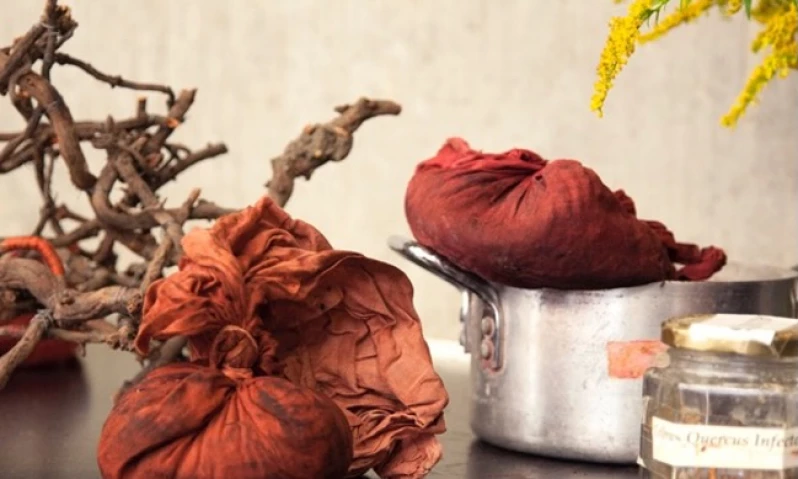
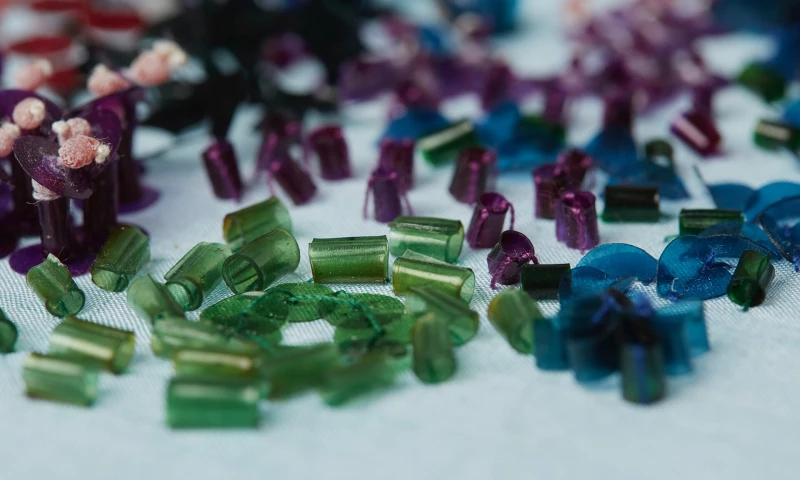
Images: ao textiles and CQ Studio
Now that you have a taster for elements to consider as a sustainable homewares brand, gain full access to the Lessons and Tutorials linked above by joining and upgrading to a Professional Membership of The Sustainable Fashion Collective®.
